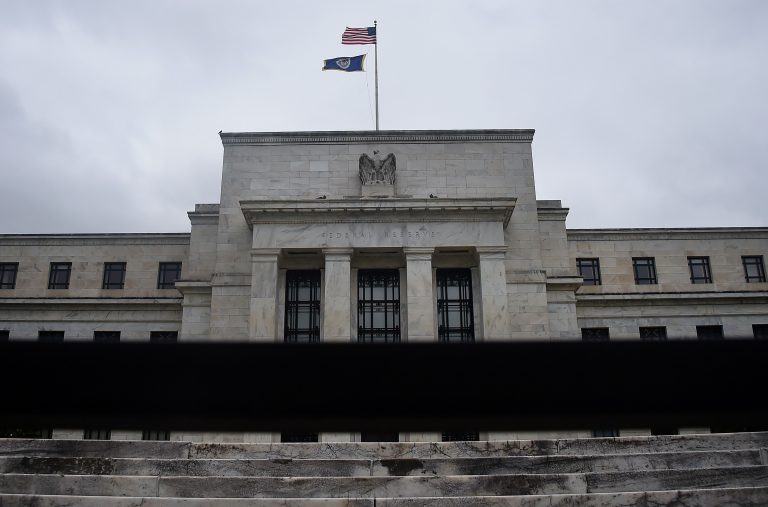As part of the Federal reserve, the Federal Open Market Committee’s (FOMC) response to the current economic outlook holds interest rates steady between 0 and .25 percent.
The federal borrowing rates trickle down to the individual level to keep consumer rates for personal, car, credit card, and mortgage rates low. Federal Reserve Chairman Jerome Powell stated: “The committee seeks to achieve maximum employment and inflation at the rate of 2 percent over the longer run,” for a forecast shaped mainly by the global coronavirus pandemic’s risk on the economy.
The year ended with the virus’s resurgence, which caused December job losses in the U.S., totaling 140,000, leaving the country with 9.8 million fewer jobs than pre-pandemic levels. The sector that took the biggest hit was the leisure and hospitality industry, which was greatly affected by the closing of bars, restaurants, and entertainment venues.
The Federal Reserve will still keep spending monthly
Mr. Powell stated that the federal reserve will still keep buying $120 billion a month in Treasury bonds and mortgage-backed securities “until substantial further progress has been made toward our maximum-employment and price-stability goals.” Unemployment reached 6.7 percent in December.
Success
You are now signed up for our newsletter
Success
Check your email to complete sign up
Although the Fed removed language referring to the short and medium-term outlook on the virus’s effect on the economic forecast, they remain positive to a recovery in the second half of 2021.
Chairman Powell does not expect that a spending spree brought on by the end of the pandemic will have a long-term effect on inflation, but the Fed will be prepared to use its policies to curb inflation if it indeed does occur.

Impact on stocks and bonds
The impact of the Federal Reserve’s announcement on rates plus a mixed earnings report led to stocks closing lower last week. Mr. Powell stated that gains in assets in recent months were not due to monetary policy, but because of optimism about the rollout of vaccines and fiscal policy. He did not want to comment on the GameStop stock price run-up issue due to the Fed’s role in overall economic policy and not on the stock market’s short-term events.
International economic projections
The pandemic effects are mirrored on a global scale as economies around the world contracted for the most part in 2020. Even though China’s economy grew by 2.3 percent, it was the slowest growth seen in four decades as the virus closed factories and slowed manufacturing during the first quarter of the year. Their rebound was due to an increase in the manufacturing of masks and medical supplies.
The UN projects global growth in 2021 of 4.7 percent compared to the decline of 4.3 percent in 2020. Both developed and developing countries were hit hard by the pandemic while developing “countries in Latin America and the Caribbean and South Asia experienced the sharpest declines.”
Global stimulus packages of $12.7 trillion kept the world’s economy from crashing at the scale of the Great Depression. The UN predicts a 4.4 percent growth for the U.S. in 2021 while speculating that growth will be 3 percent in Japan and 5 percent in the Euro-zone.
The pandemic led countries to lean toward digitization. An evaluation of supply chains as remote work and the need for alternatives to imported goods has sparked ideas of locally produced items. Reshoring or onshoring goods could lead to a change in global economies and the recovery taking place in 2021.
Follow us on Twitter or subscribe to our email list
















